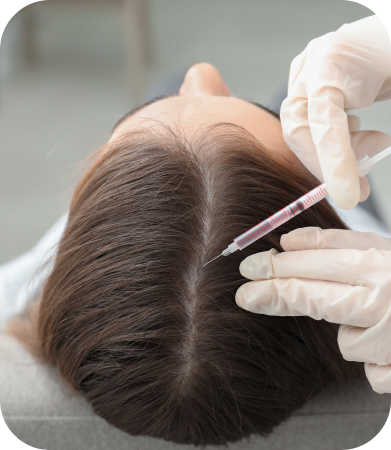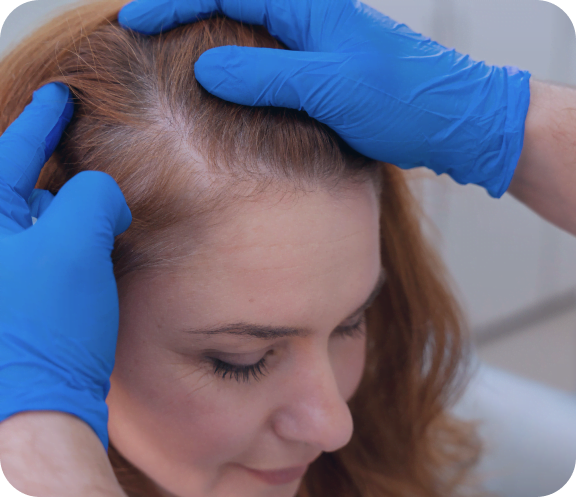Female Hair Restoration
Conveniently located to serve the Northern Virginia, Maryland and Washington D.C. metro areas.
Your hairstyle allows you to express your personality and identity. When hair loss affects your looks, it can also impact the way you express yourself. Many women who experience hair loss suffer in silence. They change their hair styling to hide their thinning hair or bald patches on their scalp. The sooner you pursue treatment, however, the better your chances of correcting the problem.
Women who battle hair loss can seek assistance from our board-certified hair restoration surgeon who specializes in hair restoration surgery. Conveniently located to serve the Northern Virginia region, The Hair Transplant Center – Virginia and our hair transplant surgeon provides skill and proficiency to help women achieve the hair loss solution that meets their needs. Schedule a consultation with our team to learn more.



